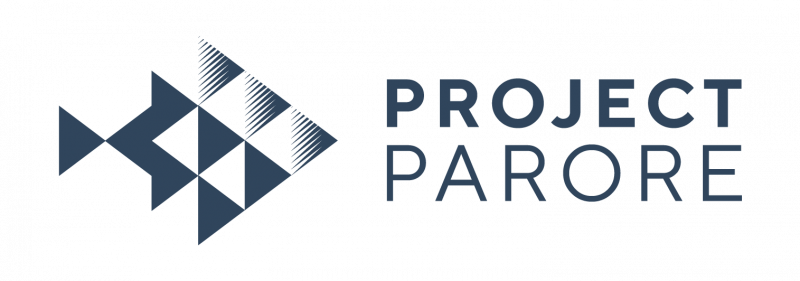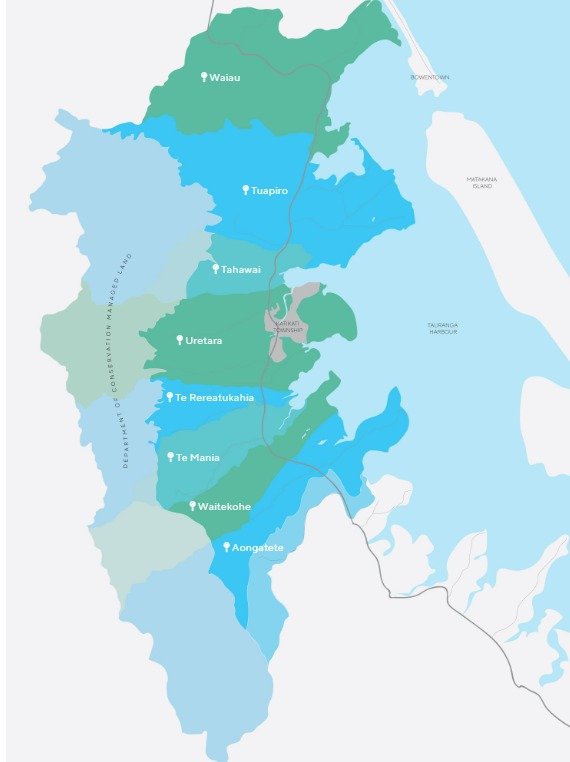
PROJECT PARORE
Restoring freshwater quality, habitats and biodiversity in the northern Tauranga Harbour region.
PURPOSE
Project Parore has been established with the aim of promoting a community-driven approach to managing catchments. Its primary objective is to raise awareness and encourage active participation in the restoration of the land, waterways, and harbor habitats.
Recognising the significance of improving land management practices and safeguarding waterways against further degradation. Project Parore emphasises the importance of a sustainable future for both those whose livelihoods depend on the land and the wider community.
Through the collaborative efforts of the community, Project Parore strives to create a positive and lasting impact on the ecological health and sustainability of the precious land, waterways, and harbour habitats.
What sets the catchment areas apart?
This specific region in the Western Bay boasts compact catchment areas. The topography here features a rapid descent from the hills to the harbor over a relatively short distance. The soils, although fertile, are susceptible to erosion, especially given the clearing of many slopes. The land-based activities we engage in are consistently in close to waterways, making it easy for them to swiftly impact the well-being of our streams, estuaries, and ultimately, the harbor.
But why do these have particular boundaries?
Rainfall that graces the forests, pastures, crops, and gardens from the Waiau River in the north to the Aongatete River in the south finds its way into the northern Tauranga Moana. Each individual raindrop that enters the streams, rivers, and estuaries becomes a part of the tidal flow in and out of the entrance to Bowentown Harbour.
Contact
LATEST UPDATES
No new updates
-
2004
A group of local residents banded together to see if they could increase the number of native birds in the Uretara estuary by doing ‘a bit of pest control’ and improve the ecological health of area as a whole. Early results were promising and Uretara Estuary Managers (UEM) was born.
2006
Forming a not-for-profit society, UEM Inc gained support from the Ministry for the Environment (MfE)’s Sustainable Management Fund, boosting efforts to restore native habitat and protect waterways in the catchments near Katikati township.
2007
Winning the MfE’s prestigious Green Ribbon Award provided regional recognition and helped build useful, long-term partnerships. Significant support from the Bay of Plenty Regional Council and Western Bay District Council along with many, many more volunteer hours followed as environmental restoration on both private and public land continued.
2015
A record-breaking 24 hours BioBlitz saw the identification of over 2,400 living organisms from across the Uretara catchment.
2017
UEM became a founding member of Bay Conservation Alliance and that same year a successful application to MfE’s Freshwater Improvement Fund gave rise to an expansion of the scope of work, with a focus on community-led catchment management.
2020
Embracing the vision of a thriving northern Tauranga Harbour landscape, from hills to ocean, from Aongatete to Athenree, UEM Inc adopted Project Parore as the new name for the society.
2021
Enthusiastic and dedicated volunteers can only feasibly achieve so much in terms of realising our goals. A grant from Bay Trust enabled the first paid staff member to come on board as Programme Manager.
2022
Collaboration with Katikati Taiao resulted in the employment of a part-time Katikati Environmental Activator. When MfE’s Freshwater Improvement Fund created a Jobs for Nature initiative, we applied and were delighted to be chosen to create the game-changing ability to employ a small but full-time restoration crew.
2022
Project Parore was awarded the inaugural NZ Landcare Trust Catchment Group Award for the Bay of Plenty region at the Ballance Farm Environment Awards.
CATCHMENT AREAS
THE VISION
-

Resilience
Resilience and sustainability are built into the working landscape through environmental stewardship.
-

Thriving taonga
Treasured species like toutouwai, kereru, pekapeka and matuku hurepo thrive in a pest free habitat.
-

Hill to sea
Flourishing riparian corridors stretch from hill to ocean, retaining the precious soils and sheltering waterways.
-

Wai ora
A healthy harbour sustains abundant parore, shellfish and thick beds of sea grass, and there is clear, cool water for threatened kōkopu and tuna.


